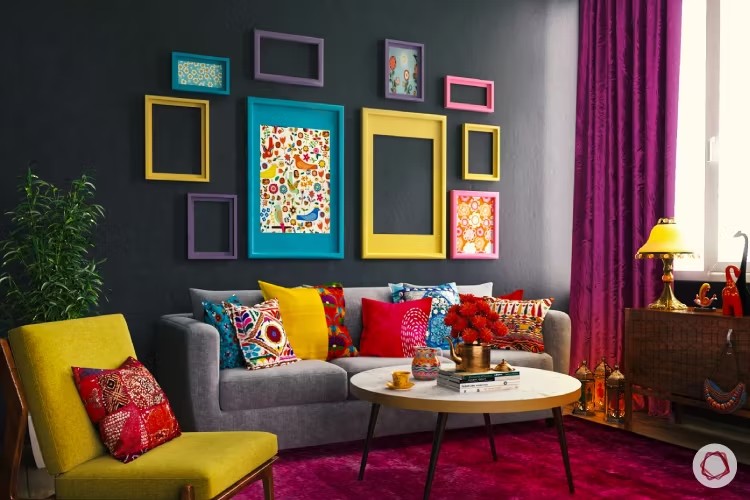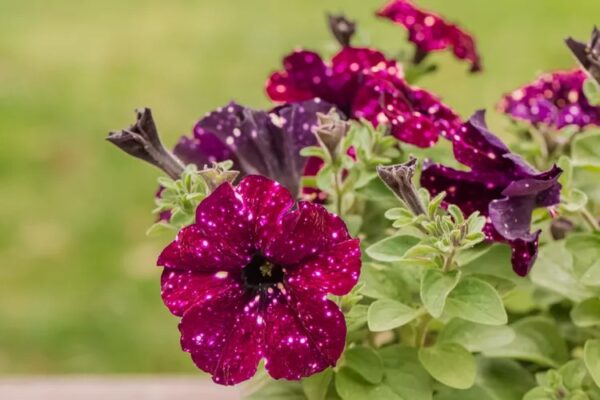Top 20 Productive Interior Design Styles
Interior design styles refer to the various approaches, aesthetics, and techniques used in decorating and designing interior spaces.Varied interior design styles with unique characteristics, history, and philosophy offer options to suit diverse tastes, personalities, and lifestyles.
When selecting an interior design style, it’s important to consider the space you’re working with, the mood or atmosphere you want to create, and your personal preferences. Each design style has its own unique elements and features, such as color schemes, materials, and textures that can help you achieve your desired look and feel. Whether you prefer a classic and timeless look or a bold and contemporary vibe, there is an interior design style to suit every taste and personality. With the right design style, you can create a space that is not only functional but also beautiful, inspiring, and reflective of your individuality.
Traditional
Rooted in European design style, particularly those from the 18th and 19th centuries, such as Baroque, Rococo, and Neoclassical, traditional interior design style is known for its use of wood furniture characterized by intricate carving and ornate details, such as claw and ball feet, cabriole legs, and curved lines. Upholstered furniture in traditional interiors is often plush and comfortable, with fabrics such as silk, velvet, and brocade used for chairs, sofas, and ottomans. Traditional interior design also places a strong emphasis on symmetry, with furniture and decor arranged in a balanced and orderly manner.
Traditional interior design style is a timeless aesthetic that emphasizes classic elegance, symmetry, and ornate detailing. This style typically features rich, warm color palettes, luxurious materials like traditional patterns such as paisley, damask, and floral. Traditional interiors often incorporate antique or vintage furnishings and accessories, as well as decorative accents like chandeliers, wall sconces, and elaborate draperies. A traditional room may also feature architectural details like crown molding, wainscoting, and decorative ceiling medallions. While traditional interior design can be formal and grand, it can also be adapted to more casual or eclectic settings by incorporating modern or rustic elements for a more personalized touch.
When it comes to artwork and decorative accessories, traditional interiors often feature oil paintings, antique mirrors, and decorative urns, as well as decorative items such as candelabras and candlesticks. This style is known for its attention to detail and ornate finishes, which create a sense of timeless elegance and sophistication in any space. The Traditional interior design is a style that is steeped in history and is perfect for those who appreciate classic beauty and refinement in their home decor.
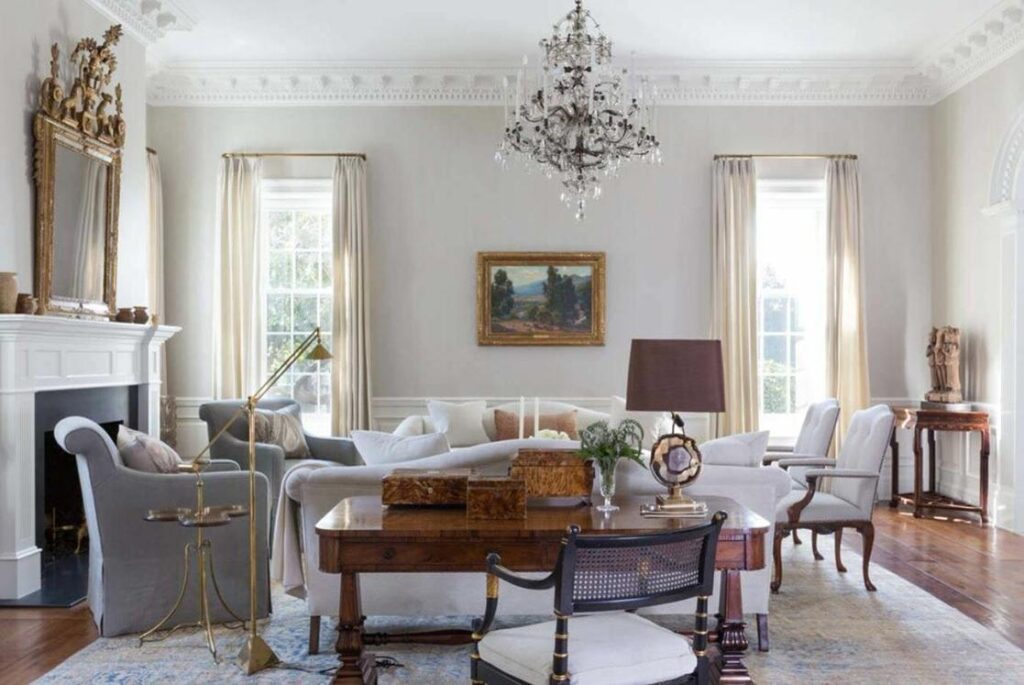
Contemporary
Not to be confused with other modern design styles, contemporary interiors are entirely of the moment, whereas modern can refer to anything forward-thinking from the last several decades—Midcentury Modern or Modern Farmhouse, for example.
Contemporary interior design style is characterized by its clean and minimalist aesthetic, with a focus on functionality and simplicity. Neutral color palettes such as whites, grays, and blacks are often used, with pops of bold colors for contrast. Furniture tends to have simple, sleek lines with an emphasis on geometric shapes. Materials commonly used include metal, glass, and concrete, as well as natural materials such as wood and stone.
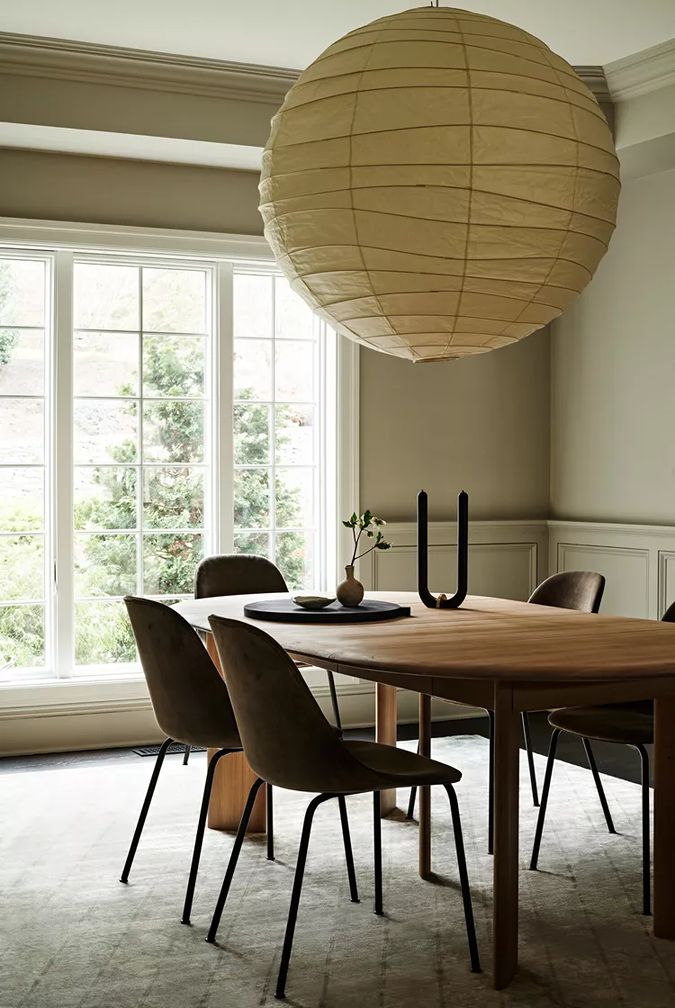
Minimalist
Minimalist interior design style emphasizes simplicity, functionality, and the use of natural materials. It involves the removal of any unnecessary elements and clutter to create a space that is clean, uncluttered, and calming. The color palette in minimalist design is typically neutral and muted, with white, beige, and gray being the most common choices. The furniture is often simple and streamlined, with clean lines and a focus on functionality rather than ornate details. Minimalist design is perfect for those who value simplicity and tranquility in their living space.
One of the key benefits of minimalist design is that it can help reduce stress and promote relaxation. By removing unnecessary clutter and distractions, minimalist interiors create a sense of calm and serenity. This can be especially beneficial for people who lead busy lives and need a space to unwind and recharge. In addition, minimalist design is often associated with sustainability and environmental consciousness, as it prioritizes the use of natural materials and energy-efficient technologies.
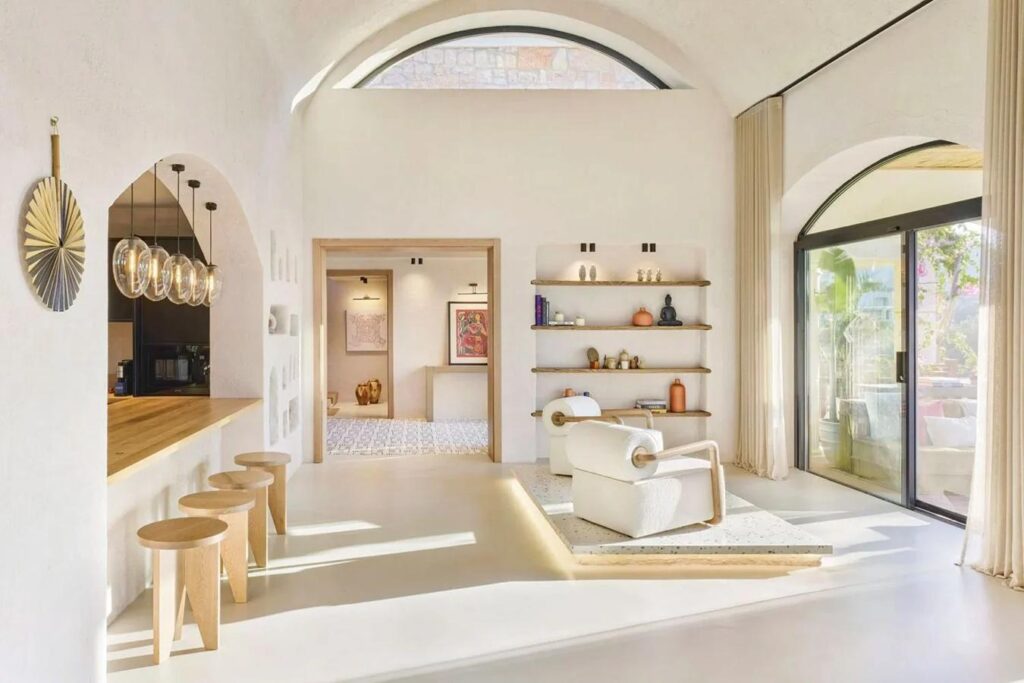
Transitional
Transitional interior design style is a perfect blend of traditional and contemporary design elements. It emerged in the 1950s, and it has become increasingly popular in recent years. Transitional interiors feature a warm and inviting feel, with a neutral color palette and subtle textures. The style incorporates modern furniture and accessories with traditional design elements, such as classic patterns and decorative molding. The style aims to create a harmonious and balanced look, with an emphasis on comfort and functionality. Transitional design is flexible and adaptable, making it suitable for various spaces, from homes to offices and even hotels.
The key features of transitional design are the use of neutral colors. This creates a calm and relaxing atmosphere, and it also allows for the incorporation of bold accents and textures without overwhelming the space. The style also emphasizes the use of natural materials such as wood, stone, and metal, which add warmth and texture to the space. Another defining characteristic of transitional design is the use of modern furniture with classic shapes and details, such as clean lines, tapered legs, and button tufting. This creates a timeless look that is both elegant and comfortable. Overall, transitional design is a versatile style that offers a perfect balance of comfort, functionality, and aesthetics.

New Traditional
New traditional interior design style is a modern take on classic and timeless design elements. This style incorporates traditional elements such as rich colors, ornate patterns, and luxurious textures with contemporary furniture and accessories to create a fresh and updated look. The color palette for new traditional style typically includes neutral shades, such as beige, ivory, and gray, paired with bold accent colors like deep navy, emerald green, and ruby red. The furniture is often a mix of classic and modern pieces, with clean lines and streamlined shapes that give the space a sophisticated and elegant feel.
“Infusing clean lines with beautiful antiques, ornate moldings, and vintage artwork…Anything our grandparents owned is new again and that rich culture is woven seamlessly into our surroundings,” Perez Brown explains.
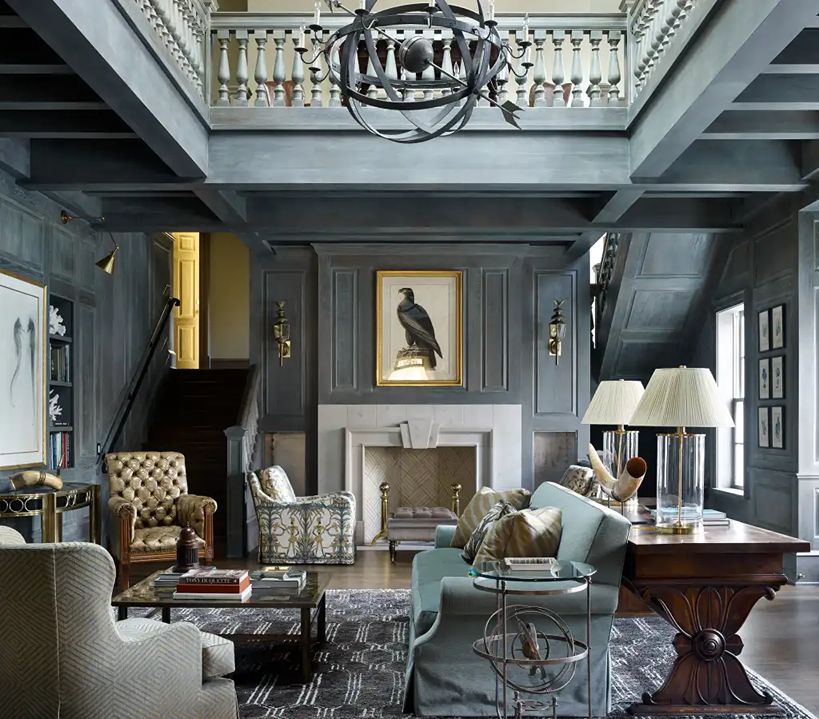
Art Deco
Art Deco interior design style originated in the 1920s and 1930s and was a prominent design movement during that time. The style is characterized by its sleek and glamorous look, with geometric shapes, bold colors, and luxurious materials. Art Deco interiors feature a lot of symmetry and repetition, with a focus on strong lines and patterns. The style incorporates a range of materials such as glass, metal, and wood, along with luxurious fabrics like velvet and silk. Art Deco interiors are often associated with luxury and opulence, and they have a strong sense of sophistication and elegance.
One of the key features of Art Deco interior design is the use of geometric shapes and patterns. This is seen in everything from the furniture to the decor, with repeating patterns such as chevrons, sunbursts, and zigzags. The style also incorporates a lot of metallic accents, such as gold, silver, and chrome, which add to the overall luxurious feel of the space. Art Deco interiors also feature a lot of symmetry, with matching furniture pieces and decor items on either side of a central focal point. Another defining characteristic of Art Deco design is the use of rich and bold colors, such as deep blues, greens, and reds, which create a dramatic and vibrant look. The Art Deco interior design is a glamorous and sophisticated style that continues to inspire designers and homeowners today.
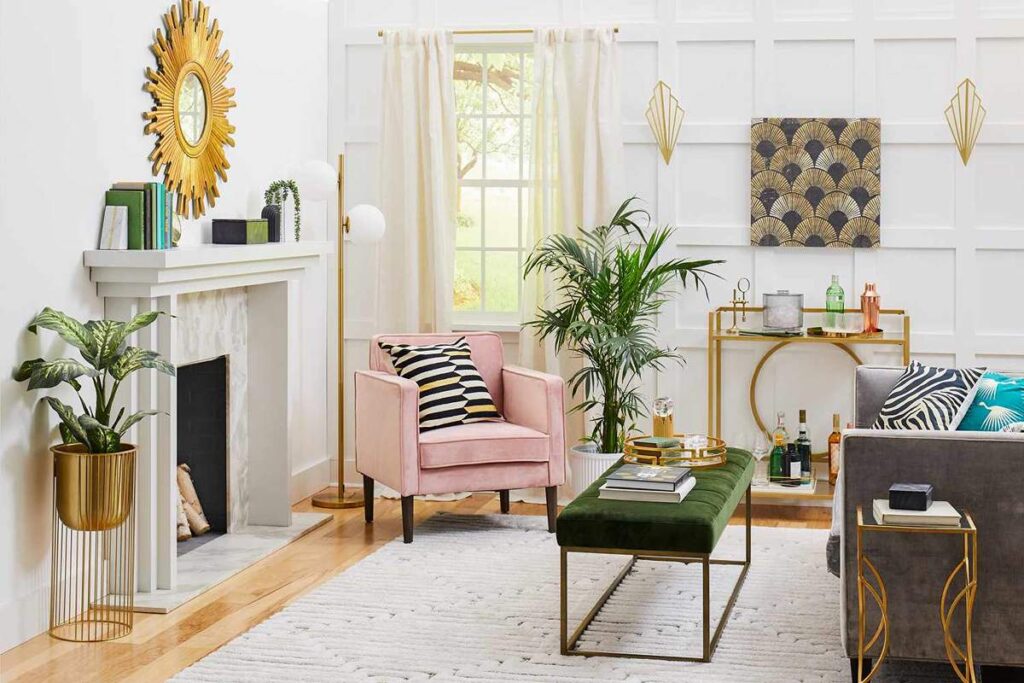
Midcentury Modern
Midcentury modern interior design style originated in the mid-20th century. The style is characterized by its clean lines, minimalism, and functionality. It was a reaction to the ornate and extravagant designs of the previous era, and it sought to create a new aesthetic that was both simple and elegant. Midcentury modern interiors typically feature natural materials such as wood, leather, and stone, along with bold and bright colors that add a pop of vibrancy to the space. The style is also known for its emphasis on form over function, with furniture and decor pieces that are designed to be both aesthetically pleasing and practical.
Features of midcentury modern interior design are the use of clean and simple lines. Furniture pieces such as sofas and chairs have sleek and straight lines, with minimal ornamentation or decorative details. The focus is on the form of the piece, rather than on any embellishments. Midcentury modern interiors also feature a lot of natural light, with large windows and skylights that allow for plenty of sunshine to enter the space. The style also incorporates bold and bright colors, such as mustard yellow, avocado green, and burnt orange, which create a lively and vibrant atmosphere.
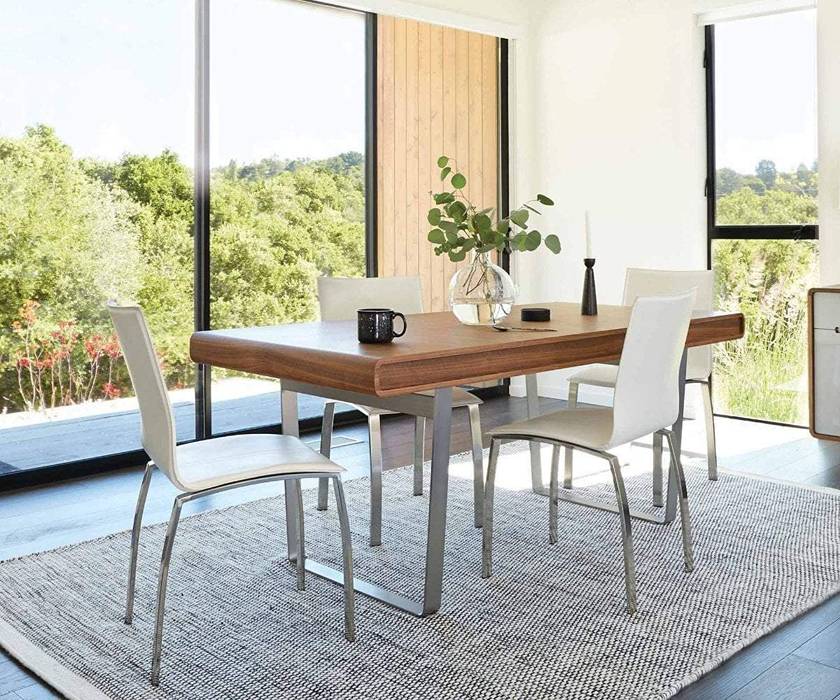
Scandinavian
Scandinavian interior design style also known as Nordic style, originated in the Scandinavian countries of Denmark, Sweden, and Norway in the early 20th century. The style is characterized by its minimalism, simplicity, and functionality. Scandinavian interiors feature a lot of natural light, with large windows and simple, light-colored walls that create a bright and airy feel. The style emphasizes the use of natural materials such as wood, leather, and wool, which add warmth and texture to the space. Scandinavian design is also known for its clean and uncluttered look, with furniture and decor pieces that are designed to be both practical and aesthetically pleasing.
Scandinavian interior design are the use of neutral colors, such as white, gray, and beige. This creates a calm and serene atmosphere, and it also allows for the incorporation of bold and colorful accents without overwhelming the space. The style also emphasizes the use of natural materials, particularly wood, which is often left unfinished or painted in light colors to showcase its natural beauty. Scandinavian interiors feature furniture pieces with clean and simple lines, with an emphasis on functionality and comfort. The style also incorporates a lot of cozy and comfortable textiles, such as woolen blankets and sheepskin rugs, which add to the overall warmth and comfort of the space. Scandinavian interior design is a simple, functional, and stylish style that has become increasingly popular in recent years.
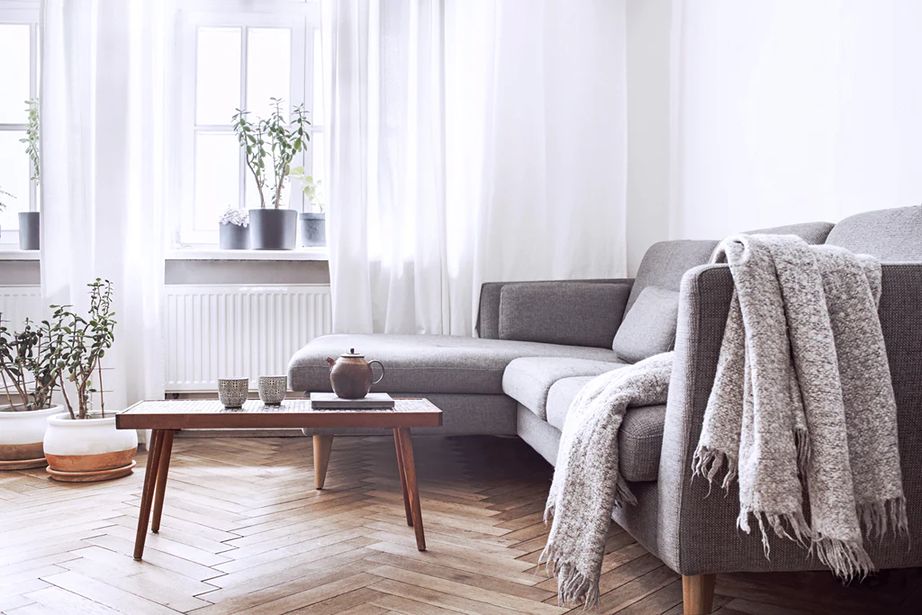
Bohemian
Bohemian interior design style embraces the free-spirited, unconventional aesthetic of the bohemian lifestyle. This design style is characterized by an eclectic mix of colors, textures, and patterns, with a focus on creating a cozy, welcoming space that reflects the individuality and creativity of the inhabitants. Bohemian interiors often feature vintage or repurposed furniture, handmade textiles, and unique decorative objects, creating a lived-in feel that is both charming and comfortable.
The key to achieving a bohemian interior design style is to layer different elements and textures, creating a sense of depth and complexity. This can include mixing patterns and prints, combining different types of fabrics, and incorporating natural materials like wood and plants. Color is also a crucial component of the bohemian style, with rich jewel tones and earthy neutrals often used to create a warm and inviting atmosphere. Ultimately, the goal of bohemian interior design is to create a space that feels both relaxed and inspiring, allowing the inhabitants to fully embrace their individuality and creativity.
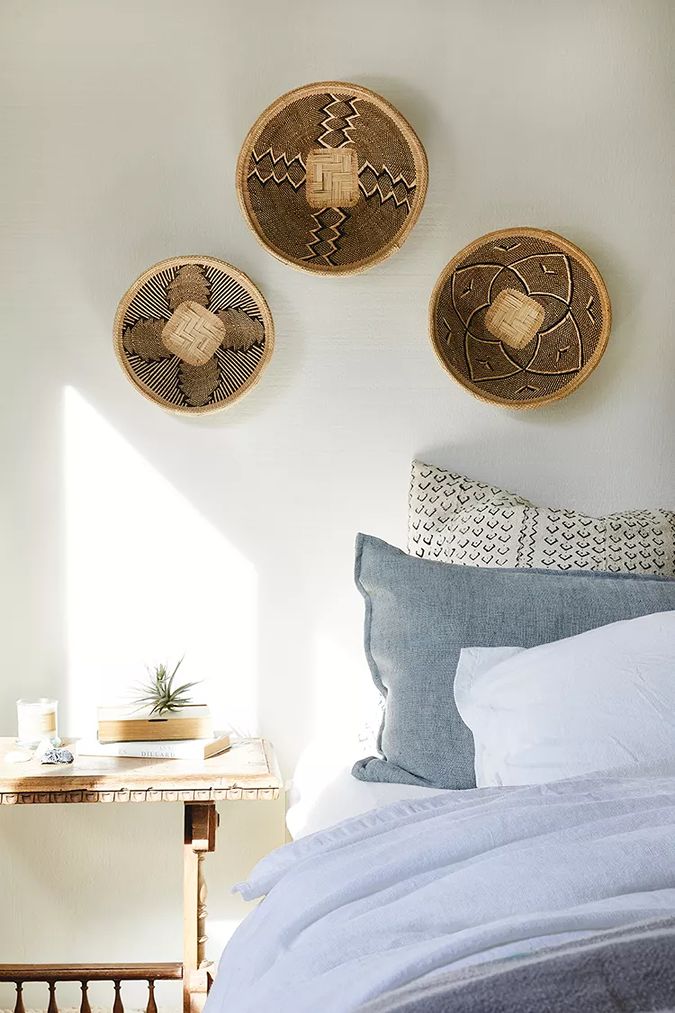
Scandifornian
Scandifornian interior design style is a unique blend of Scandinavian and Californian design styles, resulting in a warm and minimalist aesthetic that emphasizes comfort and simplicity. This design style combines the clean lines and functional approach of Scandinavian design with the relaxed, bohemian vibe of Californian style, creating a space that is both cozy and stylish. Key elements of Scandifornian design include natural materials like wood and leather, neutral colors, and organic textures like woven textiles and natural fibers.
The Scandifornian style is known for its focus on creating a serene, calming environment that promotes relaxation and mindfulness. This can be achieved through the use of simple, understated decor and a minimalist approach to furniture and accessories. The Scandifornian style also places a strong emphasis on natural light and the use of plants and other natural elements to bring the outdoors in. This creates a connection to nature that is essential to the California-inspired aspect of the style. Scandifornian interior design is a unique and highly desirable aesthetic that balances warmth and minimalism, creating a space that is both functional and inviting.

Modern Farmhouse
Modern farmhouse interior design style is a popular design trend that combines rustic and modern elements to create a cozy and inviting space. This style is characterized by its warm and welcoming feel, with a mix of natural materials and sleek modern finishes. The style incorporates elements such as shiplap, exposed beams, and natural wood, along with modern fixtures and finishes. Modern farmhouse interiors feature a lot of texture, with fabrics such as burlap, linen, and cotton, along with natural fibers like jute and sisal. The style also emphasizes the use of vintage or antique decor pieces to add character and charm to the space.
The key features of modern farmhouse interior design are the use of natural materials such as wood, stone, and metal. These materials add warmth and texture to the space, and they also create a connection to nature. The style also incorporates a lot of texture, with fabrics such as burlap, linen, and cotton, along with natural fibers like jute and sisal. Modern farmhouse interiors often feature a neutral color palette, with shades of white, cream, and beige, which create a calm and inviting atmosphere. The style also incorporates vintage or antique decor pieces, such as old-fashioned signs, repurposed items, and flea market finds, which add character and charm to the space.
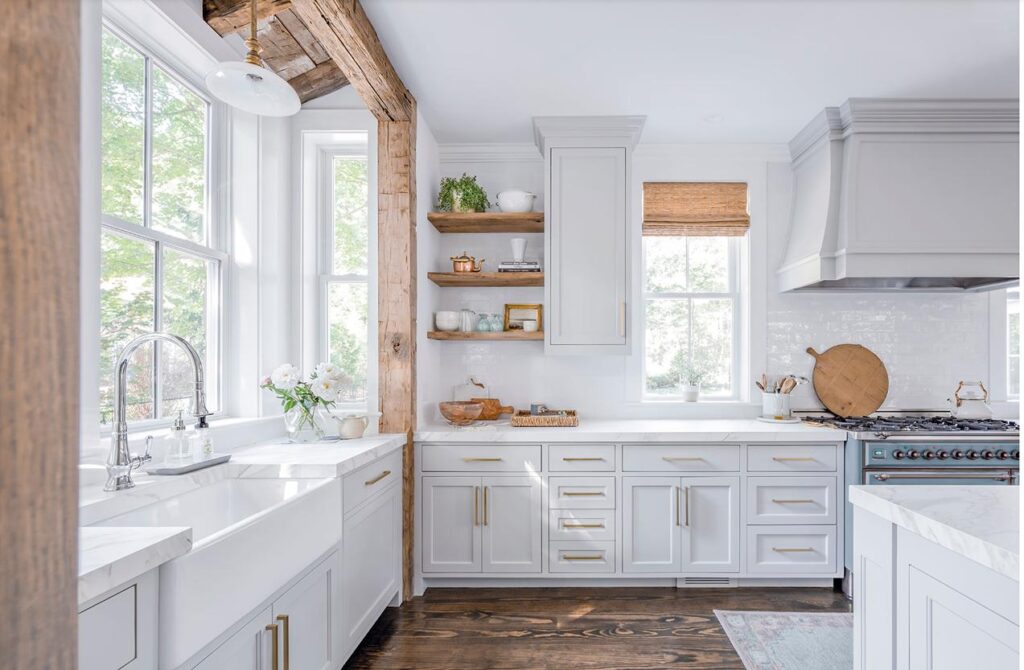
Eclectic
Eclectic interior design style is a popular and versatile approach to decorating homes that combines different styles, textures, patterns, and eras to create a unique and visually appealing space. This style is all about mixing and matching various design elements to create a cohesive and eclectic look that reflects the homeowner’s personality and style. Eclectic interiors often feature a blend of vintage and modern pieces, bold patterns, and contrasting colors. The key to achieving an eclectic look is to balance the various design elements to create a harmonious and balanced space. This style allows homeowners to express their creativity and individuality, as there are no set rules or guidelines to follow. As a result, eclectic interiors are often one-of-a-kind and can be a great conversation starter when entertaining guests.
When it comes to designing an eclectic interior, there are several key elements to keep in mind. First, it’s important to mix and match different styles and eras to create a unique and cohesive look. This can include pairing vintage furniture with modern artwork or using bold patterns with neutral colors. Second, incorporating personal items, such as family heirlooms or travel souvenirs, can add a sentimental touch to the space. Third, adding texture through fabrics, rugs, and accessories can create visual interest and depth. It’s important to balance the different design elements to create a harmonious and cohesive space. This can be achieved by using a neutral color palette as a base and adding pops of color and pattern throughout the space.
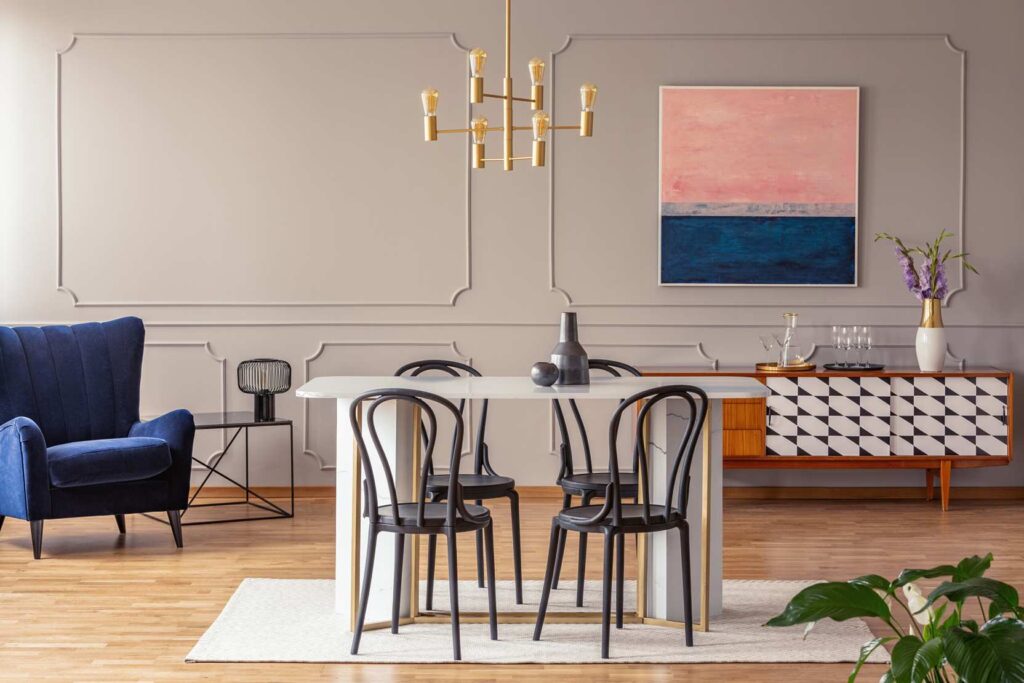
Desert Modern
Desert Modern interior design style is a distinctive blend of mid-century modern and desert-inspired design elements that have become increasingly popular in recent years. This style is characterized by a minimalist approach, with clean lines and simple shapes that allow the natural beauty of the desert environment to shine through. It emphasizes the use of natural materials like wood, stone, and leather, and incorporates a neutral color palette that mimics the desert landscape.
Desert Modern interior design often features large windows that provide sweeping views of the surrounding environment, blurring the boundaries between indoor and outdoor spaces. Furniture is typically low-slung and streamlined, with a focus on functionality and comfort. Decorative elements like geometric patterns and abstract artwork add visual interest and depth to the space, while desert-inspired accents like cacti and woven textiles add texture and warmth. The overall effect is a space that is calming, serene, and in harmony with its natural surroundings. The Desert Modern style is particularly popular in the American Southwest, where it reflects the unique beauty and character of the desert landscape.
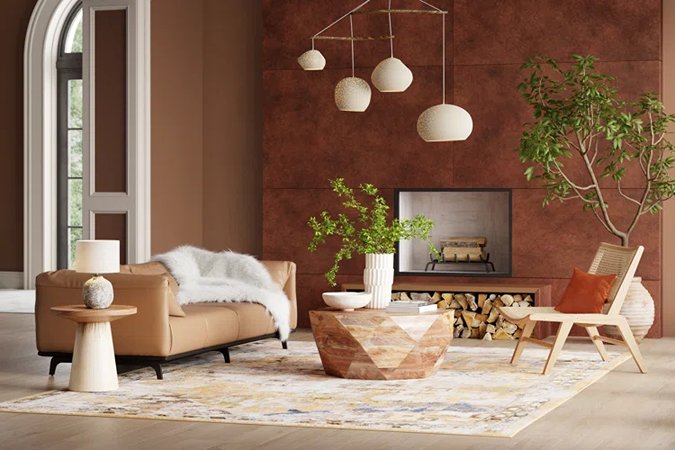
English Countryside Chic
English Countryside Chic interior design style is a charming and cozy approach to decorating that takes inspiration from the rural landscapes and traditional cottages of England. This style is all about creating a warm and inviting space that feels both elegant and rustic. English Countryside Chic interiors often feature a mix of vintage and antique furniture, natural materials such as wood and stone, and soft, cozy textiles. This style is characterized by a muted color palette of earthy tones, such as sage green, soft blues, and warm browns, that evoke the natural beauty of the English countryside. The use of floral prints, cozy throws, and decorative pillows add to the cozy and comfortable feel of the space. Overall, English Countryside Chic is a timeless and charming interior design style that brings a touch of rustic elegance to any home.
When it comes to designing an English Countryside Chic interior, there are several key elements. Natural materials, such as wood and stone, are an essential component of this style. Furniture with rustic finishes or vintage patina also adds to the charm. Incorporating floral prints and soft textiles, such as linen or cotton, can add a cozy and welcoming feel to the space. Using a muted color palette of earthy tones, such as sage green, soft blues, and warm browns, creates a calming and soothing ambiance. Accessorizing with vintage or antique pieces, such as candlesticks or picture frames, adds to the overall charm and character of the space. Elements of nature, such as fresh flowers or potted plants, can help to bring the outdoors in and create a sense of tranquility.
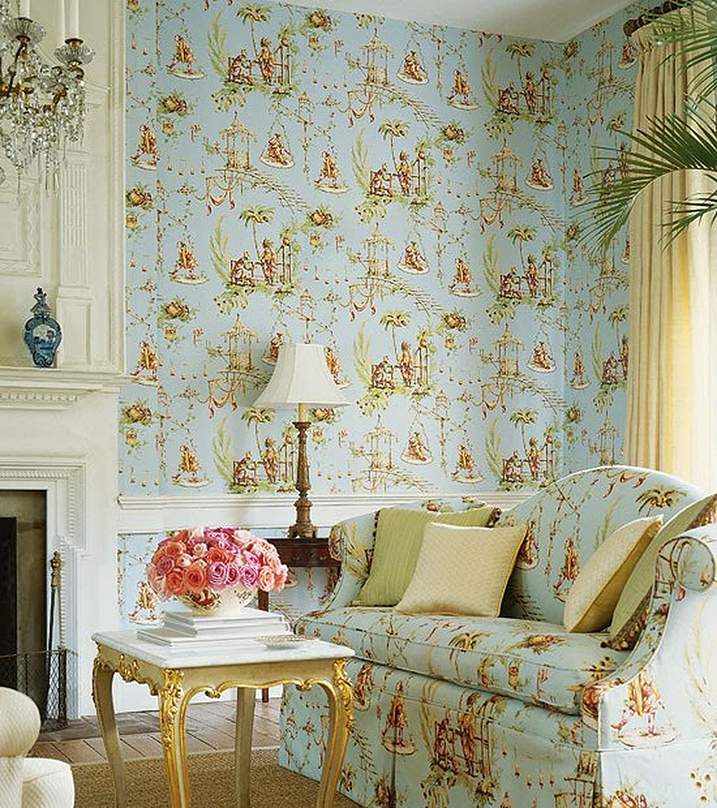
New Mediterranean
New Mediterranean interior design style is a modern take on the traditional Mediterranean style. This style is all about combining the warm, earthy colors and natural materials of the Mediterranean with sleek, modern finishes and contemporary design elements. New Mediterranean interiors often feature a color palette of warm earth tones, such as terracotta, olive green, and deep blues, paired with sleek white walls and modern furniture. The use of natural materials such as stone, wood, and terra cotta add to the Mediterranean vibe, while contemporary design elements such as metal finishes and geometric patterns add a modern touch.
Use warm earth tones as a base color palette creates a warm and inviting ambiance. Natural materials such as stone, wood, and terra cotta adds to the Mediterranean vibe. Incorporating contemporary design elements such as geometric patterns or metal finishes adds a modern touch. Using minimal decor and decluttering the space creates a sleek and modern look. Overall, New Mediterranean interior design style is a stylish and contemporary approach to the traditional Mediterranean style that creates a warm and inviting space.
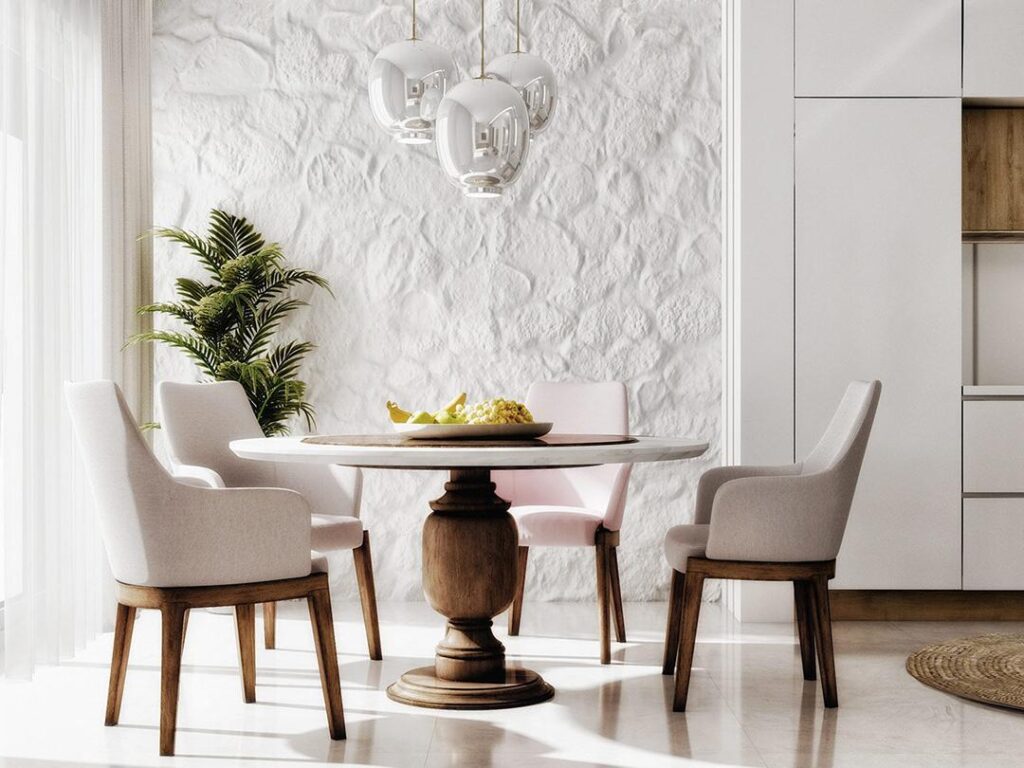
Modern Coastal
Modern Coastal interior design style is a fresh and contemporary approach to decorating that takes inspiration from the natural beauty of the beach and the ocean. This style is all about creating a light and airy space that feels both modern and relaxed. Modern Coastal interiors often feature a mix of natural materials such as wood, rattan, and jute, paired with sleek, modern finishes such as glass and metal. This style is characterized by a color palette of whites, blues, and soft greens that evoke the colors of the ocean and the sky. The use of textures such as shiplap walls, sisal rugs, and woven baskets add to the beachy vibe. Overall, Modern Coastal is a stylish and calming interior design style that brings the beauty and tranquility of the beach to any home.
When it comes to designing a Modern Coastal interior, there are several key elements. Natural materials such as wood, rattan, and jute are essential components of this style. Pairing them with sleek, modern finishes such as glass and metal creates a fresh and contemporary look. Using a color palette of whites, blues, and soft greens creates a calm and soothing ambiance. Incorporating patterns such as stripes, polka dots, and paisleys adds visual interest and depth. Using textures such as shiplap walls, sisal rugs, and woven baskets adds to the beachy vibe. Incorporating elements such as seashells, coral, or driftwood can help to bring the beach indoors and create a sense of tranquility.
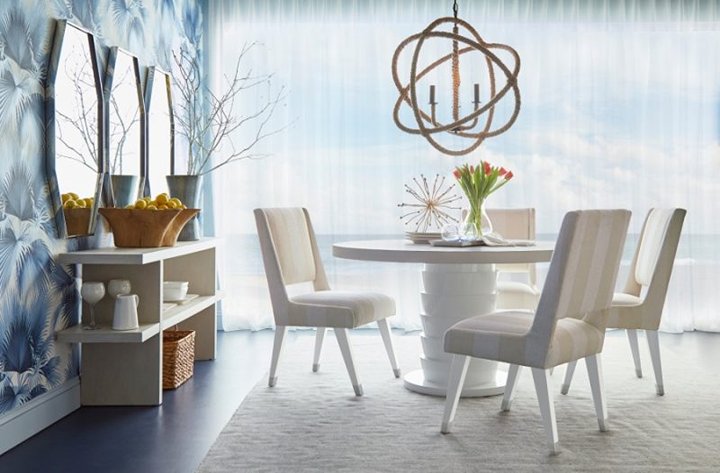
Naturalist
Naturalist interior design style is all about bringing the beauty of nature indoors. This style emphasizes natural materials, such as wood, stone, and metal, and incorporates organic elements such as plants and natural fibers. The color palette of a Naturalist interior is often neutral, featuring earthy tones such as beige, brown, and gray, which serve to create a calming and relaxing environment. The overall goal of Naturalist interior design is to create a space that feels connected to the natural world and promotes a sense of tranquility and well-being. Incorporating natural materials such as wood, stone, and metal is essential to creating natural vibe.using neutral colors and earthy tones can help to create a calming and relaxing environment. Incorporating natural light and views of the outdoors can help to create a connection to the natural world.

Southwestern
Southwestern interior design style is a bold and vibrant approach to decorating that draws inspiration from the culture and landscape of the American Southwest. This style is characterized by warm, earthy colors such as terra cotta, turquoise, and deep reds, as well as bold geometric patterns and rich textures. The use of natural materials such as adobe, clay, and leather is also a hallmark of Southwestern style. The overall effect of this style is warm, welcoming, and full of character.
Using warm, earthy colors such as terra cotta, turquoise, and deep reds is essential to creating the Southwestern vibe. Bold geometric patterns and rich textures can add visual interest and depth to the space. Using natural materials such as adobe, clay, and leather can help to create an authentic Southwestern feel. Fourth, incorporating Southwestern art and decor can help to tie the space together and add a personal touch. Finally, incorporating plants and greenery can help to bring life and energy into the space. Overall, Southwestern interior design style is a bold and vibrant approach to decorating that celebrates the culture and landscape of the American Southwest.
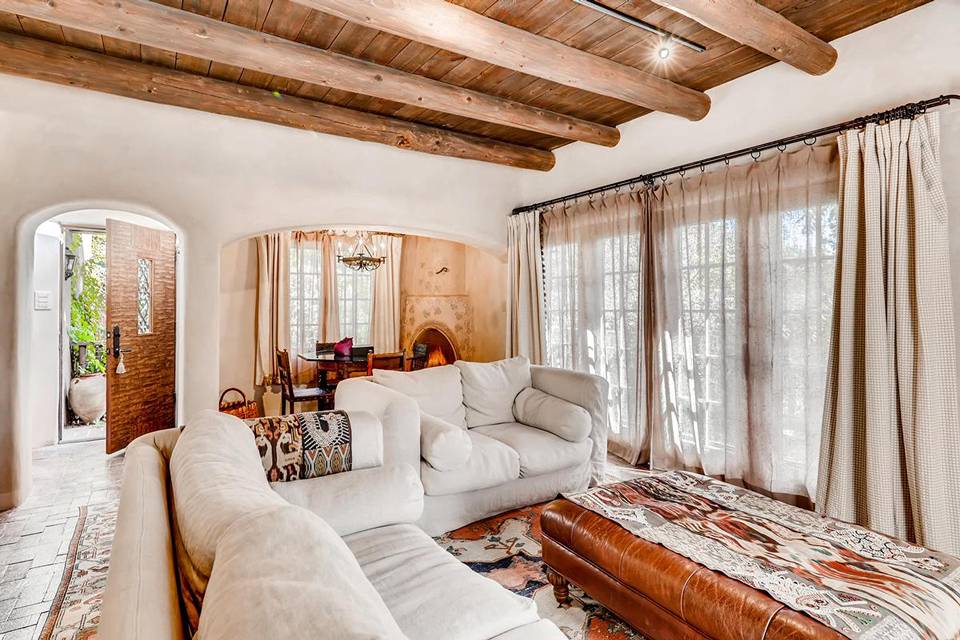
Industrial
Industrial interior design style is a popular and trendy approach to decorating that takes inspiration from the industrial era. This style emphasizes raw, unfinished materials such as metal, concrete, and exposed brick, and incorporates a monochromatic color palette of grays, blacks, and browns. The overall effect of this style is edgy, masculine, and utilitarian, with an emphasis on function over form. Industrial interiors often feature open floor plans, high ceilings, and large, open spaces.
When designing an industrial interior, there are several key elements to keep in mind. Using raw, unfinished materials such as metal, concrete, and exposed brick is essential to creating an industrial vibe. Incorporating a monochromatic color palette of grays, blacks, and browns can help to create a cohesive and cohesive look. ncorporating vintage or antique pieces such as metalwork or machinery can add to the industrial aesthetic. Using minimal decor and focusing on function over form can help to create a utilitarian feel. Industrial lighting such as exposed bulbs or pendant lights can add to the overall industrial vibe. Overall, industrial interior design style is a trendy and stylish approach to decorating that celebrates the utilitarian aesthetic of the industrial era.
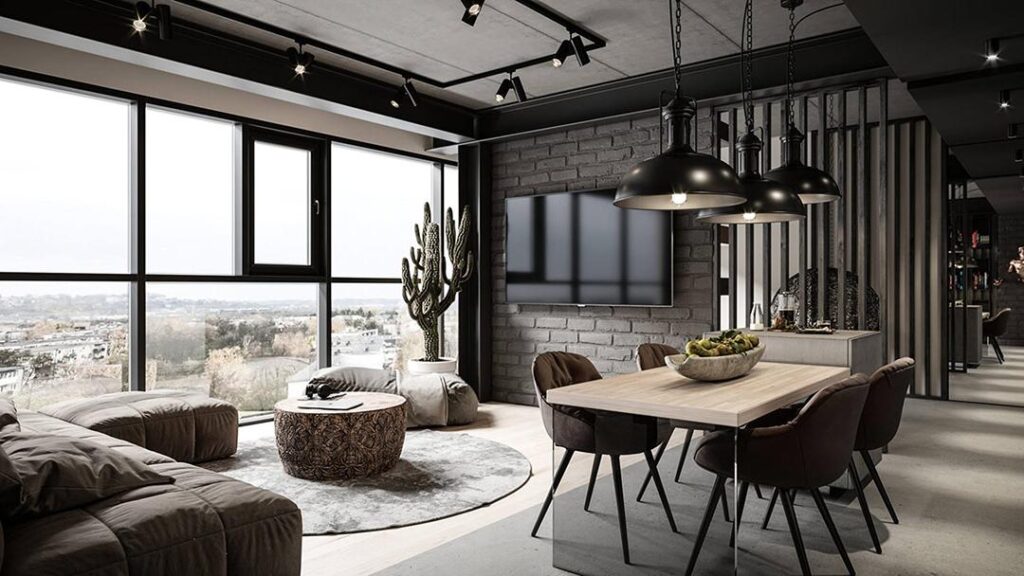
Maximalism
Maximalism interior design style is all about embracing abundance and creating a visually stimulating space with an explosion of colors, patterns, textures, and objects. This style is characterized by the layering of different styles, mixing and matching bold prints, patterns, and textures, and incorporating an array of decor and accessories. Maximalist interiors often feature a combination of vintage and contemporary elements, with an emphasis on creating a unique and personalized space that reflects the owner’s personality and style. The overall effect of this style is vivacious, dynamic, and full of character.
When designing a maximalist interior, there are several key elements to keep in mind. First, it is important to embrace color and pattern, using bold and bright hues to create a lively and energetic space. Second, layering different textures such as velvet, silk, and fur can add depth and richness to the space. Third, incorporating an array of decor and accessories such as wall art, sculptures, and textiles can add to the maximalist aesthetic. Fourth, mixing and matching different styles and eras can create a unique and personalized space. Finally, creating focal points through the use of lighting and artwork can help to tie the space together. Overall, maximalism interior design style is a bold and expressive approach to decorating that celebrates individuality, creativity, and a love of abundance.
